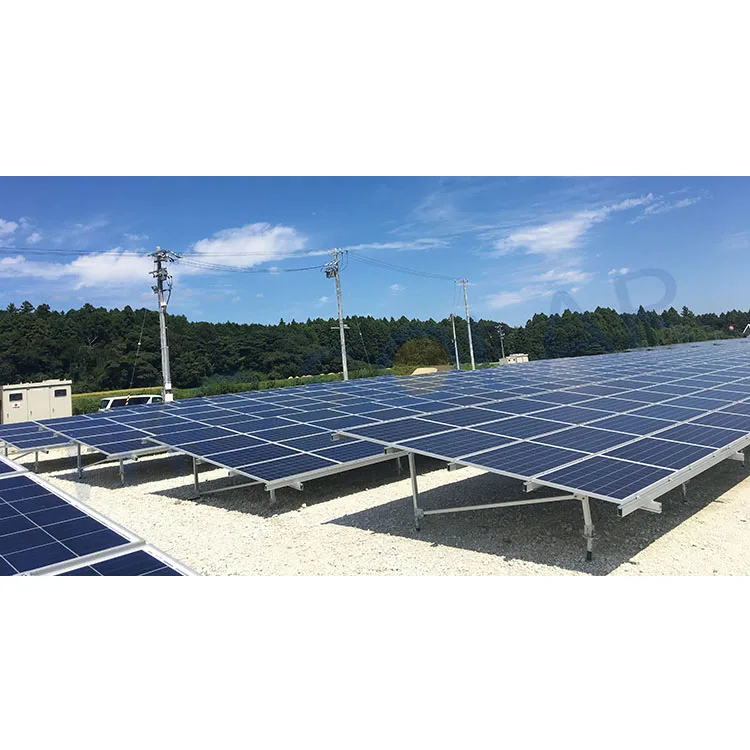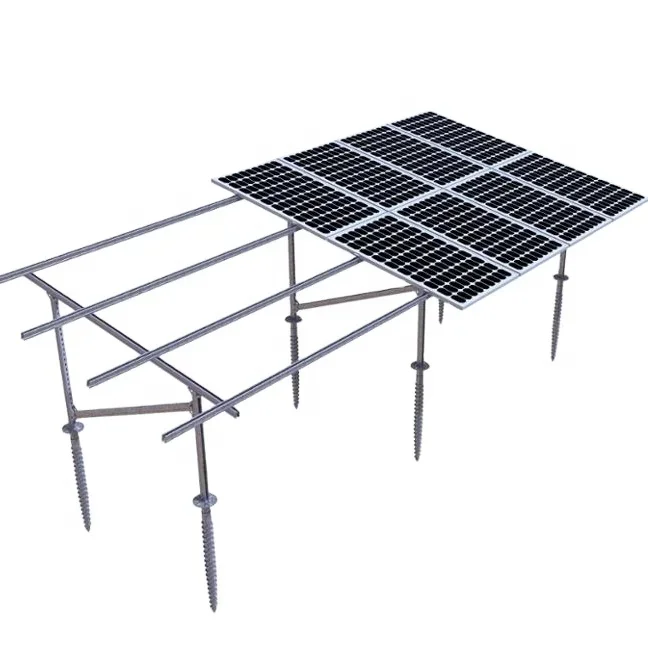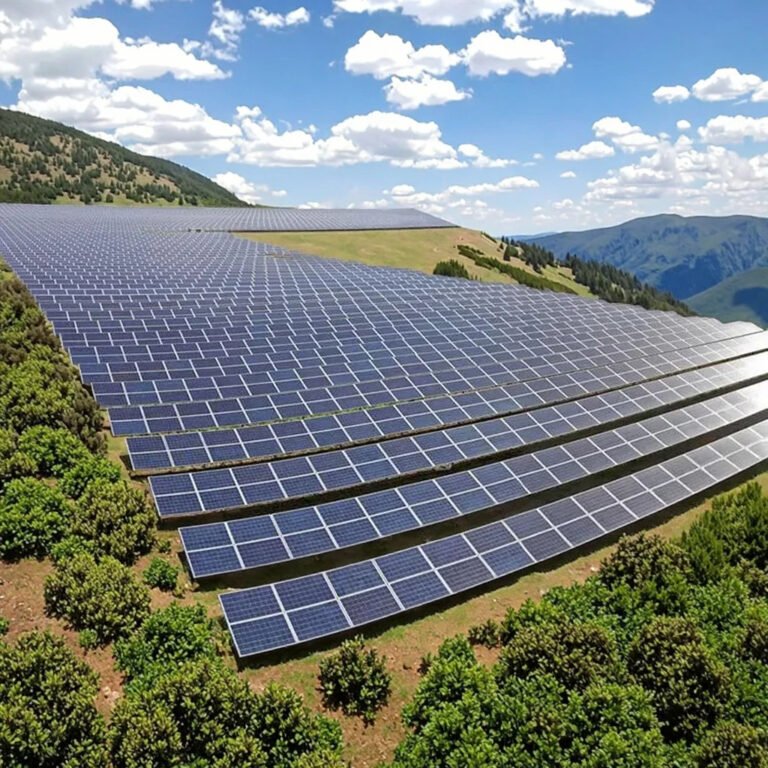-
2103 Room NO.322 Xinggang One Road,Haicang District,Xiamen Fujian,China

What Is PV? A Clear Guide to Photovoltaic Systems, Their Types, Components, and Installation Methods
Table of Contents
What Does “PV” Mean?
PV stands for Photovoltaic, a term describing the generation of electric power by converting solar radiation using semiconductors. In the solar industry, “PV” refers to both solar power and solar panels, while a PV system refers to an entire solar power generation system.
While the abbreviation “PV” is not as commonly used in Japan, it is a widely recognized term internationally.
What Are PV Systems?
A PV system includes not only solar modules but also mounting structures, junction boxes, inverters, distribution boards, and other components. PV systems are categorized into two primary types:
Independent (Off-grid) PV Systems
- Not connected to the utility grid
- Often used in remote areas (mountains, islands)
- Commonly equipped with batteries for storing electricity
Pros:
- Lower initial cost
- Continue to provide electricity during power outages
Cons:
- Cannot sell surplus electricity
- Often ineligible for government subsidies
Grid-connected PV Systems
- Connected to the public electricity grid
- Enables power export (selling excess electricity)
Pros:
- Eligible for subsidies in most countries
- Can earn income from selling electricity
Cons:
- Higher upfront cost
- Without batteries, power may not be available during outages or at night
Components of a PV System
| Component | Description |
|---|---|
| Solar Modules | Convert sunlight into DC electricity |
| Mounting Structures | Support and tilt modules at the correct angle |
| Junction Boxes | Combine outputs from multiple modules |
| Inverters | Convert DC to AC for use in homes/factories |
| Distribution Boards | Distribute power within buildings |
| Meters | Measure bought/sold electricity |
| Transformers & Protection | Ensure safety and grid compatibility |
Forms of PV System Installation
PV systems can be installed in various forms depending on site conditions and usage goals:
Ground-Mounted Systems
- Installed on open land
- Suitable for large-scale projects (e.g. solar farms)
- Example product: Ground Solar Mounting System
Rooftop Systems
- Mounted on commercial or residential rooftops
- Utilizes existing space efficiently
- Example product: Metal Roof Mounting System
Solar Carports
- Combines vehicle shelter with solar power
- Ideal for parking lots
- Example product: Solar Carport Mounting System
Agricultural (Solar Sharing)
- Dual-use of farmland for both crops and solar power
- Japan is a leading example
- Example product: Agricultural Farmland Solar Mounting System
Floating Solar
- Installed on ponds, reservoirs, etc.
- Saves land and offers cooling benefits
- Example product: Floating Solar Mounting System
📸 Recommended Images
Understanding the Difference Between Cells and Modules
- Cell: The smallest unit that generates electricity
- Module: A collection of solar cells
- Array: Multiple modules installed on a racking system
Monocrystalline vs. Polycrystalline Panels
| Type | Efficiency | Cost | Appearance |
|---|---|---|---|
| Monocrystalline | High | Higher | Uniform black |
| Polycrystalline | Medium | Lower | Bluish, fragmented |
Three Business Models for PV Installation
| Model | Upfront Cost | Ownership | Maintenance Responsibility |
|---|---|---|---|
| Self-Owned | Yes | Company | Company |
| PPA (On/Offsite) | No | Third Party | Provider |
| Leasing | No | Lessor | Provider |
Onsite PPA
- Installed at your facility
- Zero upfront cost
- Pay only for the electricity used
Offsite PPA
- System is located elsewhere
- You receive electricity via grid
Conclusion: Adopt PV Systems for Cost Savings and Carbon Reduction
By selecting the right PV system—off-grid or grid-tied—and the best installation type for your site, companies can significantly reduce operating costs and environmental impact.
To get started, explore industry-trusted solutions from Firstsolar, which offers robust mounting systems for all site conditions and installation types.











